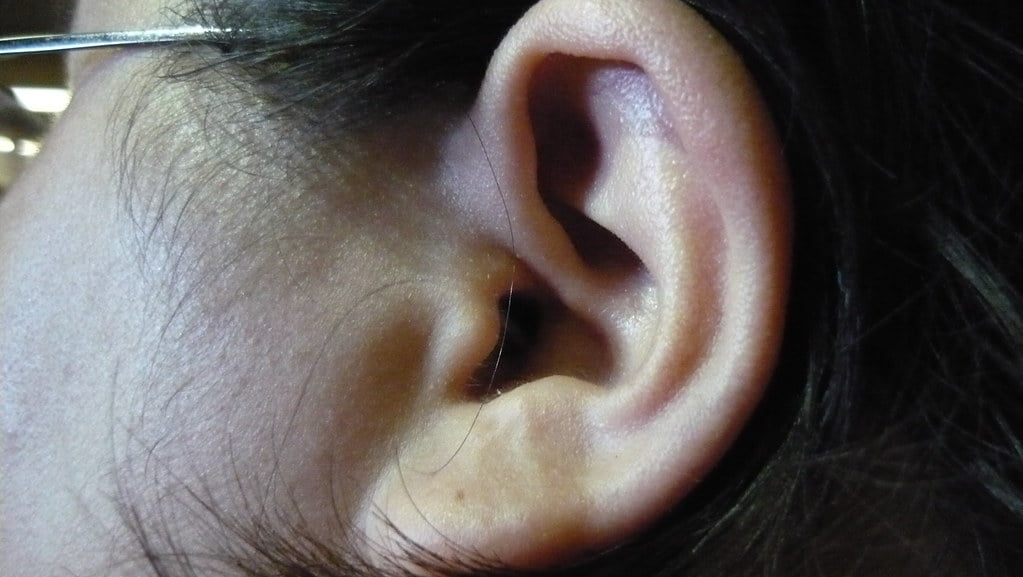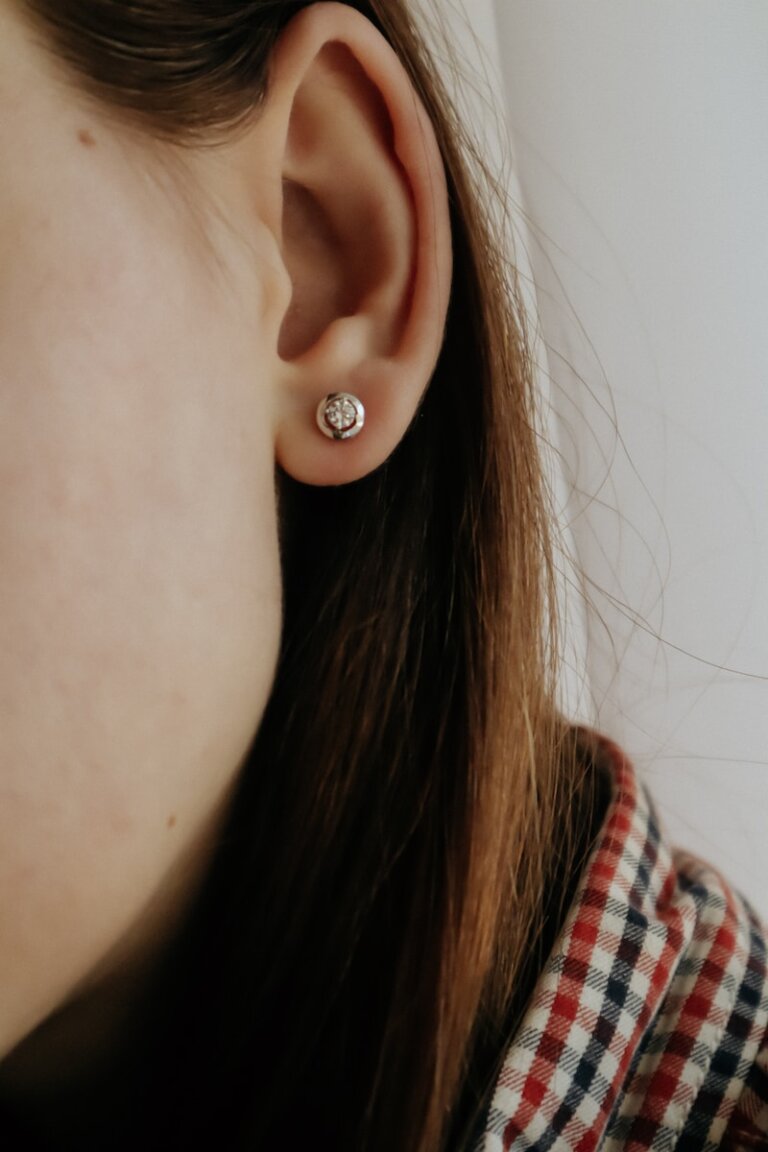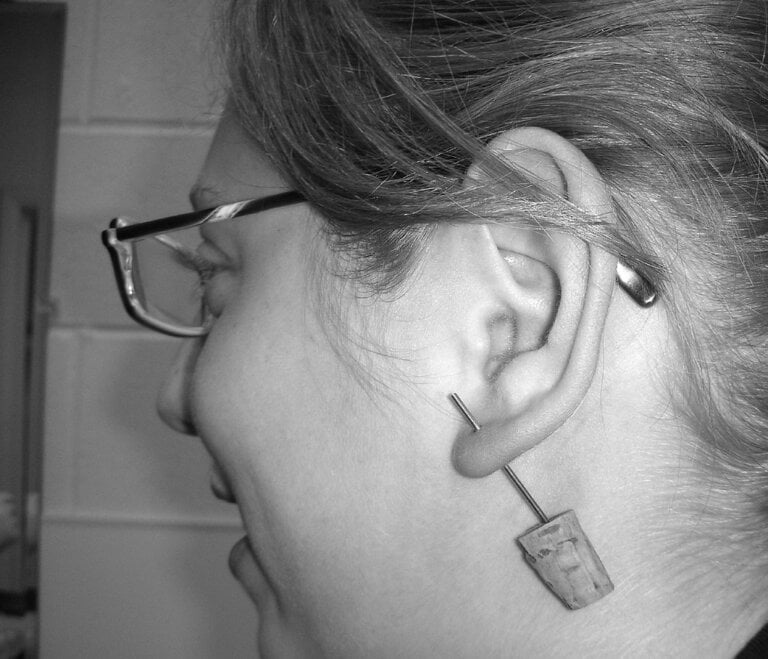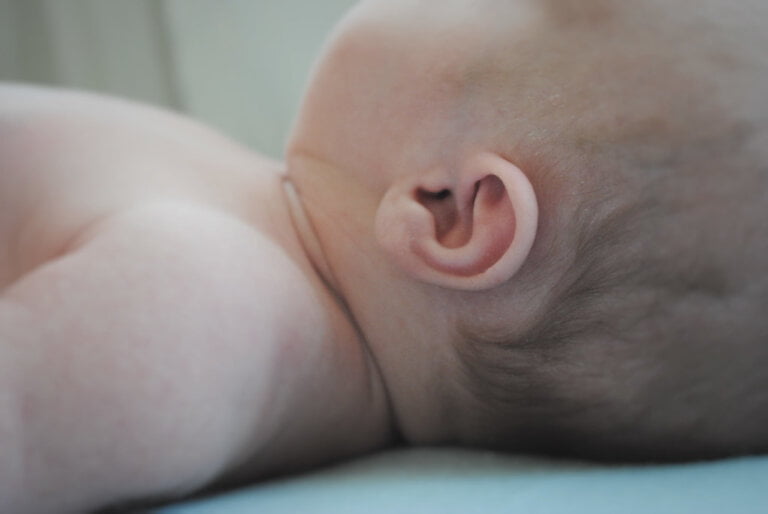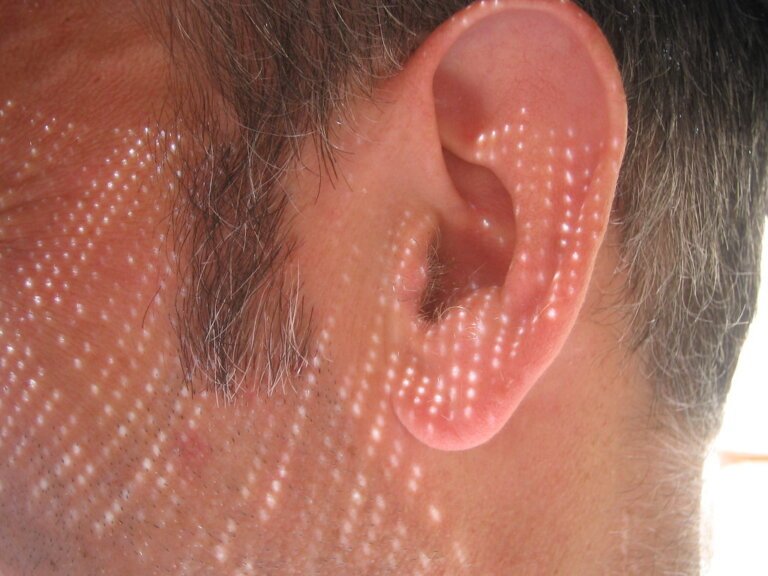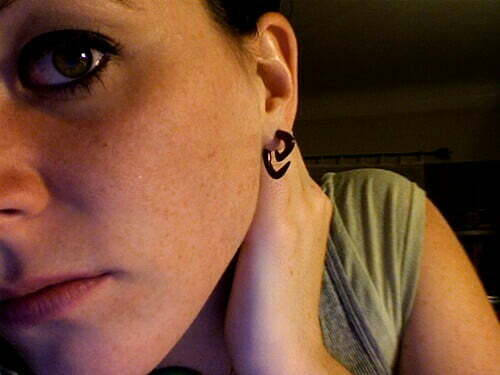Weighing the Risks: Who Should Avoid Microsuction for Ear Wax Removal
Last Updated on 3rd May 2024 by Admin
Ear wax, also known as cerumen, is a natural substance produced by the ear to protect the delicate structures within. While ear wax is beneficial in normal amounts, excessive buildup can lead to discomfort, hearing loss, and other complications. To address this issue, various methods of ear wax removal are available, including microsuction.
Understanding Microsuction
Before delving into the potential risks, let’s first understand how microsuction works. Microsuction is a safe and effective procedure used by healthcare professionals to remove excess ear wax. It involves the use of a specialized suction device to gently extract the wax from the ear canal. The procedure is conducted in a sterile environment, ensuring minimal risk of infection.
Microsuction offers several advantages over alternative ear wax removal methods. It allows for better visualization of the ear canal, ensuring precise removal of wax without causing damage to the delicate structures of the ear. The use of a microscope and a small suction tube enables healthcare professionals, typically audiologists or ENT specialists, to perform the procedure with accuracy. Additionally, microsuction is a relatively quick procedure, usually lasting no more than 15-30 minutes, making it convenient for patients with busy schedules.
Potential Risks of Microsuction
While microsuction is generally safe, there are certain risks associated with the procedure. It is essential to understand these risks and consider individual circumstances before opting for microsuction. Here are some factors that may increase the risk:
1. Ear Infections
Individuals with an active ear infection should avoid microsuction. The procedure can potentially worsen the infection or spread it to other parts of the ear. It is crucial to treat the infection first and consult with a healthcare professional before considering any ear wax removal method.
2. Perforated Eardrum
A perforated eardrum, also known as a tympanic membrane perforation, can make microsuction unsafe. The suction pressure during the procedure may further damage the eardrum or lead to complications. If you suspect a perforated eardrum, it is vital to seek medical advice before undergoing any ear wax removal procedure.
3. History of Ear Surgery
Individuals who have undergone recent ear surgery or have a history of ear surgeries should consult with their healthcare provider before opting for microsuction. The procedure may pose a risk of reopening surgical wounds or causing damage to the healing tissues. It is important to ensure that the ear has fully healed before considering microsuction as a treatment option.
4. Narrow Ear Canals
Some individuals naturally have narrow ear canals, making it challenging for the healthcare provider to perform microsuction safely. In such cases, alternative methods, such as ear irrigation or manual removal by an otolaryngologist, may be more appropriate. Ear irrigation involves flushing warm water into the ear canal to dislodge and remove the wax, while manual removal is done by a specialist using specialized tools like small forceps or curettes. These methods can be effective in removing ear wax without risking injury to the ear canal.
5. Skin Conditions or Allergies
People with skin conditions, such as eczema or dermatitis, or allergies to substances used in microsuction, such as sterilizing agents or lubricants, should inform their healthcare provider before the procedure. Precautions can be taken to avoid any adverse reactions or complications. It is important for healthcare professionals to be aware of any underlying skin conditions or allergies to ensure the safety and well-being of the patient during the procedure.
Alternative Ear Wax Removal Methods
For individuals who should avoid microsuction, various alternative methods are available to safely remove excess ear wax. These include:
-
Ear Irrigation: Also known as ear syringing or ear flushing, this method involves flushing warm water into the ear canal to dislodge and remove the wax. It is a gentle and non-invasive method that can be effective in removing wax for individuals who are not suitable candidates for microsuction.
-
Manual Removal: An otolaryngologist or an ear, nose, and throat specialist can manually remove ear wax using specialized tools, such as small forceps or curettes. This method allows for precise removal of wax and is suitable for individuals with specific conditions that make microsuction unsafe.
-
Ear Drops: Over-the-counter ear drops can help soften the ear wax, making it easier to remove naturally or with alternative methods. These drops usually contain substances like hydrogen peroxide or saline solution that can help break down the wax and facilitate its removal.
It is important to consult with a healthcare professional to determine the most appropriate method for ear wax removal based on individual circumstances and medical history. They will be able to assess the condition of the ears, evaluate any underlying medical conditions or allergies, and recommend the safest and most effective method accordingly.
Conclusion
Microsuction is a generally safe and effective method for ear wax removal. However, certain individuals should avoid this procedure due to specific medical conditions or concerns. It is essential to consider the potential risks associated with microsuction and consult with a healthcare professional to explore alternative methods of ear wax removal. By doing so, one can ensure the safety and well-being of their ears while maintaining optimal hearing health. It is important to prioritize the individual’s specific circumstances and medical history to determine the most suitable approach for ear wax removal.
FAQ
-
Who should avoid microsuction for ear wax removal?
Individuals with an active ear infection should avoid microsuction. Additionally, those with a perforated eardrum, a history of ear surgeries, narrow ear canals, or skin conditions/allergies should consult with a healthcare professional before considering microsuction.
-
What are the potential risks of microsuction?
The potential risks of microsuction include worsening or spreading of an ear infection, damage to a perforated eardrum, reopening of surgical wounds or damage to healing tissues for individuals with a history of ear surgeries, and difficulty in performing the procedure safely for individuals with narrow ear canals.
-
What are alternative methods for ear wax removal?
Alternative methods for ear wax removal include ear irrigation (ear syringing or flushing with warm water), manual removal by an otolaryngologist using specialized tools, and the use of over-the-counter ear drops to soften the wax.
-
How should I determine the most appropriate method for ear wax removal?
It is important to consult with a healthcare professional to determine the most appropriate method for ear wax removal based on individual circumstances and medical history. They will assess the condition of the ears, evaluate any underlying medical conditions or allergies, and recommend the safest and most effective method accordingly.

